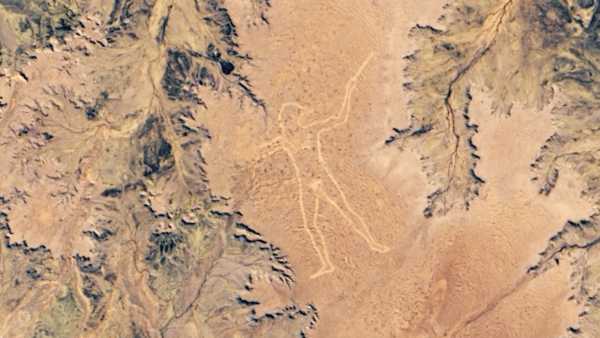
This is the largest invertebrate known to science. Paleontologists found the footprint of a giant millipede in Carboniferous deposits in the north of England. It was about three meters long and weighed more than 50 kg. This is the largest invertebrate known to science in the history of life on Earth. The results of the study were published by the Journal of the Geological Society.
“This fossil was found completely by accident. Three years ago, a boulder broke away from one of the cliffs on the beach near the village of Howick in Northumbria. When it fell, it split, exposing the fossil, which was accidentally noticed by a paleontologist passing nearby”, – said one of the authors of the work, a researcher at Cambridge University (UK) Neil Davies.
Thanks to the appearance of trees in the middle of the Devonian period, about 400 million years ago, there was a lot of oxygen in the Earth’s atmosphere. By the middle of the Carboniferous Period, its concentration in the atmosphere had risen to 35%, meaning that there was nearly 60% more oxygen than there is now. Such conditions favored the appearance of bizarre creatures such as the giant megalomaniac dragonfly with a wingspan of 75 cm, the meter-long scorpion Pulmonoscorpius kirktonensis, or the crocodile-like amphibian eogyrinus, 4.5 meters long.
There is another proof of the existence of such creatures
Another proof of the existence of such a creature scientists found in the north of England. It was a millipede of the genus Arthropleura, representatives of which were distinguished by about 30 pairs of legs and segments. These creatures lived in the forests of Europe in the Carboniferous period about 326 million years ago.
According to earlier findings of representatives of the genus Arthropleura was about two meters in size, but the new find was much larger. Scientists estimate that it reached a length of about 2.7 meters and weighed about 50 kg. The millipede could have been even larger, as the footprint found is part of the carapace shed during molting.
So far, paleontologists can’t say what this millipede fed on, since there is no head segment in its shell imprint to draw any conclusions from. However, there are good reasons to believe that its diet included plant food, because scientists often find traces of plant spores and shoots in the fossilized stomachs of other millipedes of the Carboniferous period.
On the other hand, Davis and colleagues do not rule out that their discovery of Arthropleura species, judging by the size, could also be a predator. Paleontologists hope that in future work they will be able to find impressions of the mouthparts of the millipede they discovered and clarify its position in the ecosystems of the time.




